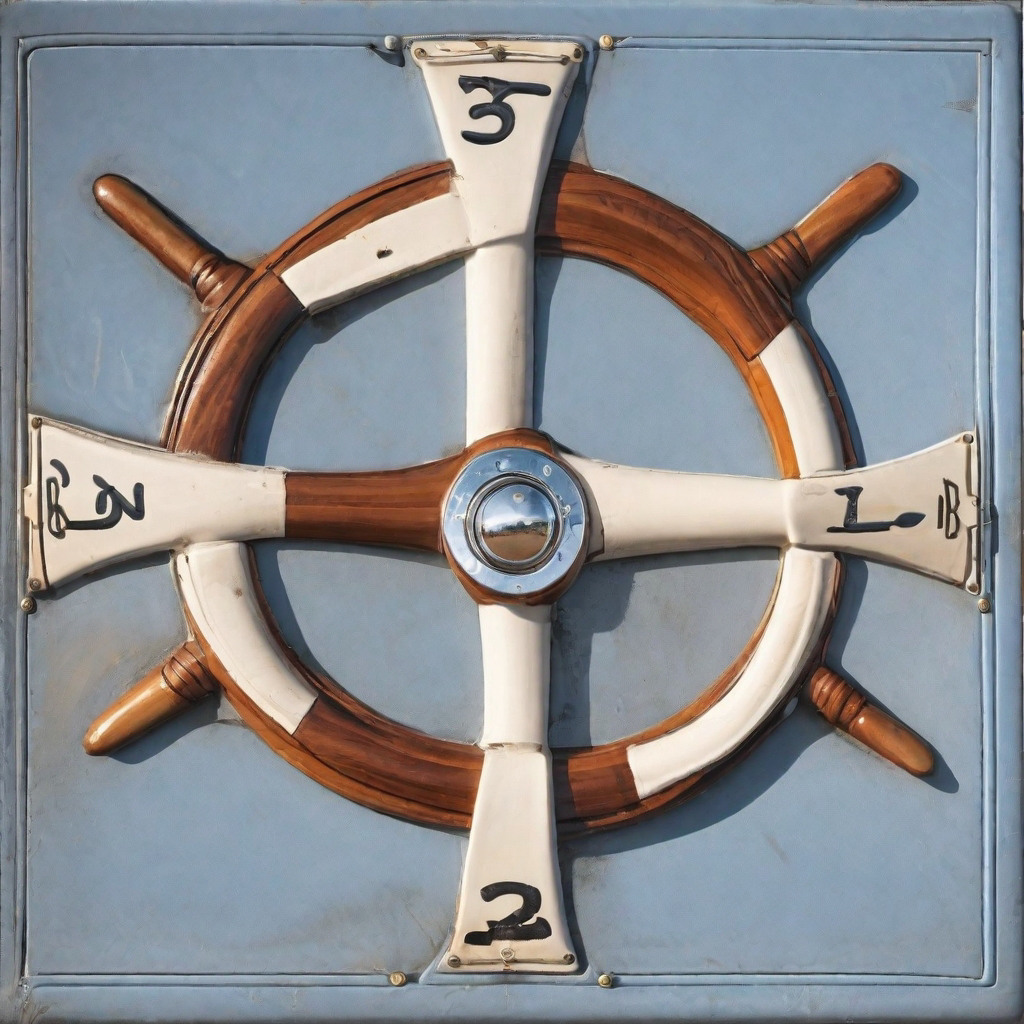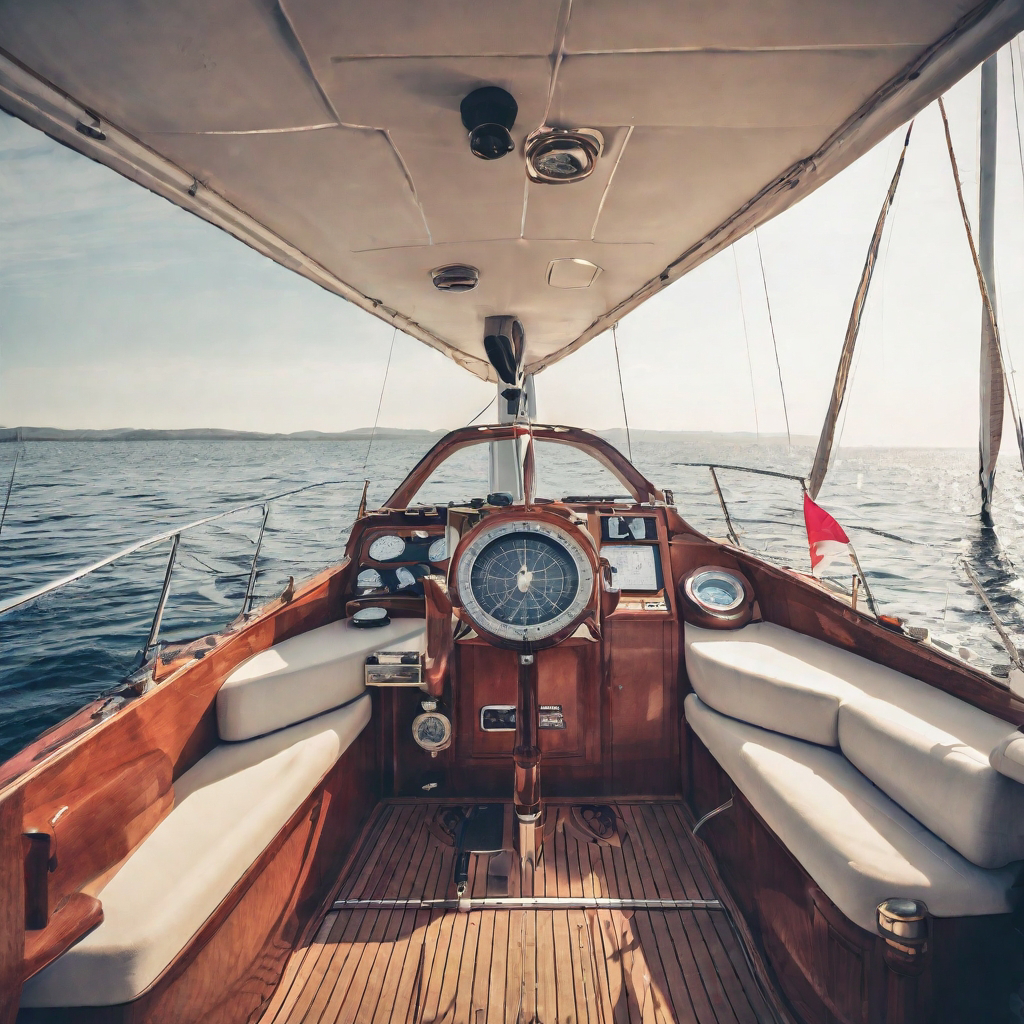The rules of the road in yachting
The "Rules of the Road" are a set of internationally recognized guidelines and regulations that govern the safe navigation and collision avoidance of vessels at sea. The rules are outlined in the International Regulations for Preventing Collisions at Sea (COLREGS). These rules are designed to ensure the safety of all vessels and promote consistent practices for navigating in different situations. Here are some key points from the Rules of the Road:
1. General Prudential Rule: Every vessel must maintain a proper lookout by sight and hearing at all times, using all available means necessary, to avoid collisions. This includes keeping a lookout for other vessels, navigational hazards, and signals or signs of distress.
2. Risk of Collision: If there is a risk of collision, it is the duty of each vessel to take early and substantial action to avoid it. This includes altering course and speed as necessary to ensure a safe passing distance between vessels.
3. Responsibilities of the Stand-On and Give-Way Vessels:
- Stand-On Vessel: The vessel that has the right-of-way and should maintain its course and speed. It is the duty of the stand-on vessel to keep its course and speed unless it is necessary to take action to avoid a collision.
- Give-Way Vessel: The vessel that must take early and substantial action to keep out of the way of the stand-on vessel. The give-way vessel should maneuver in a manner that avoids crossing ahead of the stand-on vessel or impeding its safe passage.
4. Navigation in Narrow Channels: When navigating in narrow or constrained channels, vessels should keep to the starboard (right) side of the channel, unless local regulations or a traffic separation scheme dictate otherwise. Vessels should avoid impeding the passage of other vessels, especially those restricted by their draft or size.
5. Crossing Situations:
- Head-On Situation: When two power-driven vessels are approaching each other head-on or nearly so, each vessel should alter its course to starboard, passing port side to port side.
- Overtaking Situation: An overtaking vessel must keep out of the way of the vessel being overtaken. The overtaking vessel should keep clear and pass on the side that provides the greatest sea room.
6. Lights and Shapes: Vessels are required to display lights and shapes to indicate their position, status, and intentions. These lights and shapes include masthead lights, sidelights, stern lights, and special lights for various types of vessels.
7. Sound Signals: Vessels are equipped with sound signaling devices, such as horns or whistles, to communicate their intentions and warnings to other vessels in restricted visibility or when approaching blind bends or areas of reduced visibility.
8. Special Circumstances: The COLREGS also cover specific situations, such as vessels in distress, vessel interactions in narrow channels or traffic separation schemes, and the conduct of vessels in restricted visibility or during towing operations.
It is important for all mariners to be familiar with and adhere to the Rules of the Road to ensure safe navigation, prevent collisions, and promote efficient communication between vessels. These rules apply to all vessels, regardless of their size or type, and help establish a common framework for safe and responsible maritime practices.




Comments
Post a Comment